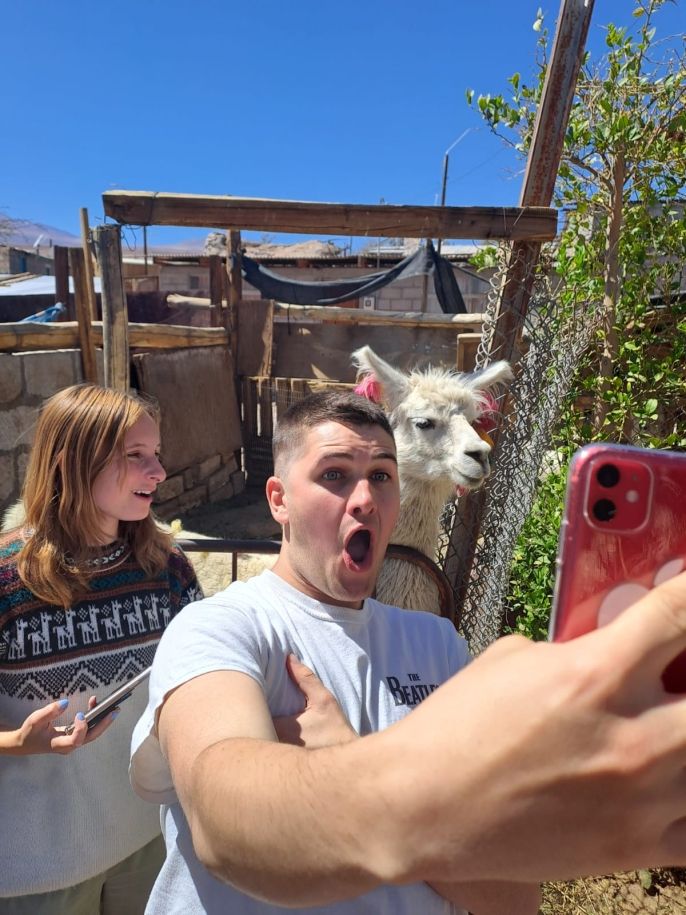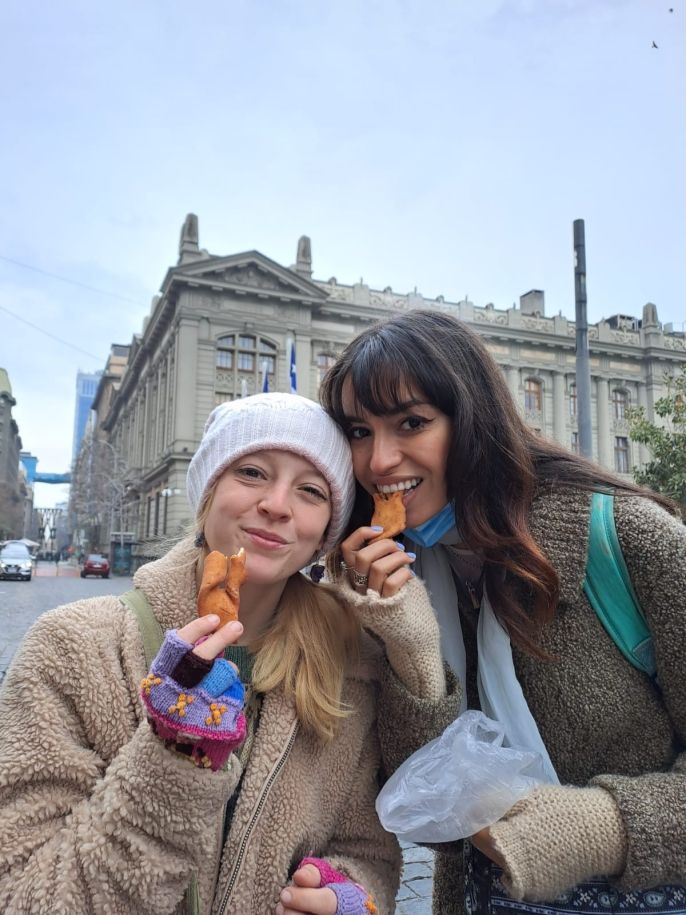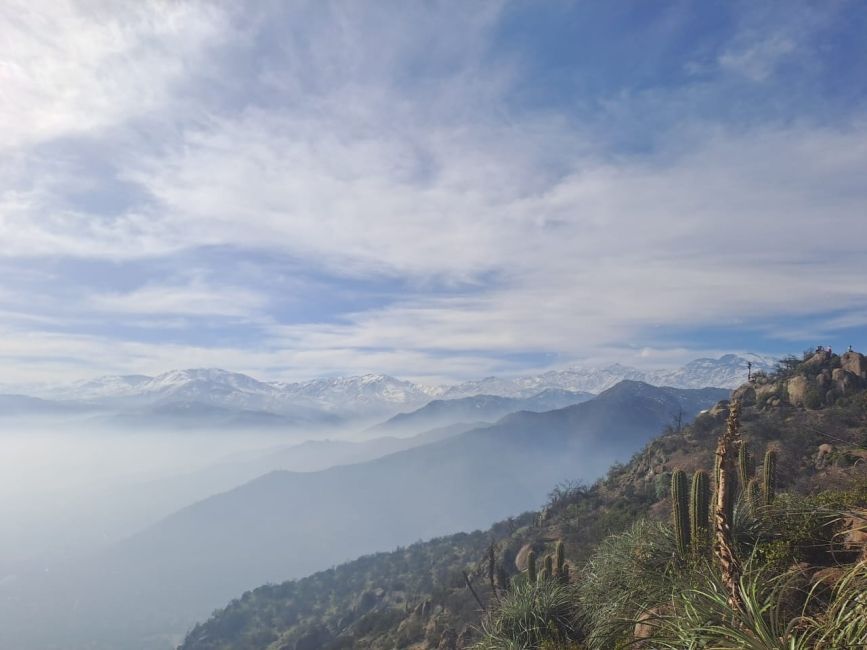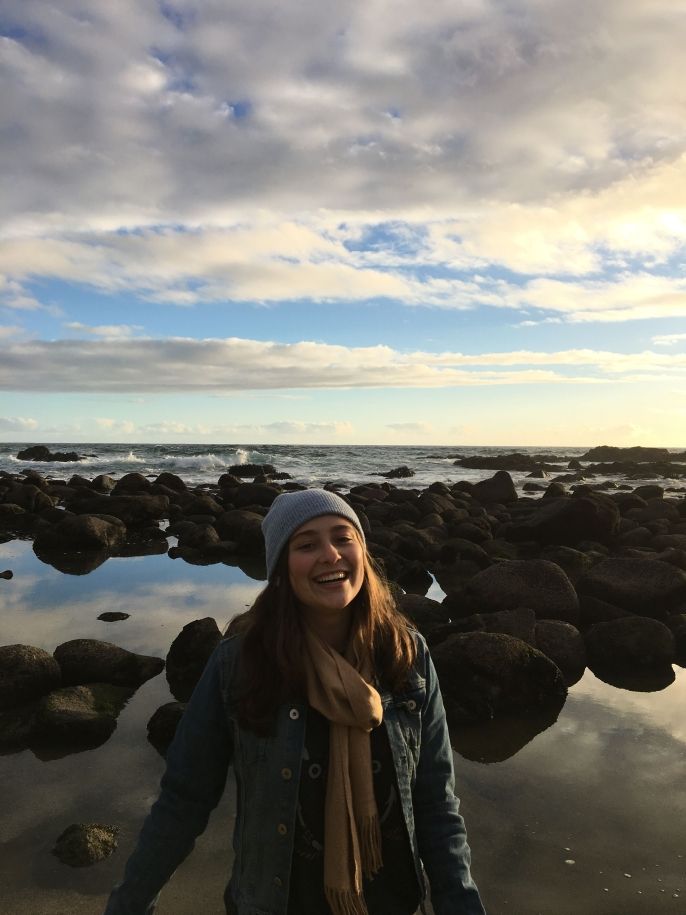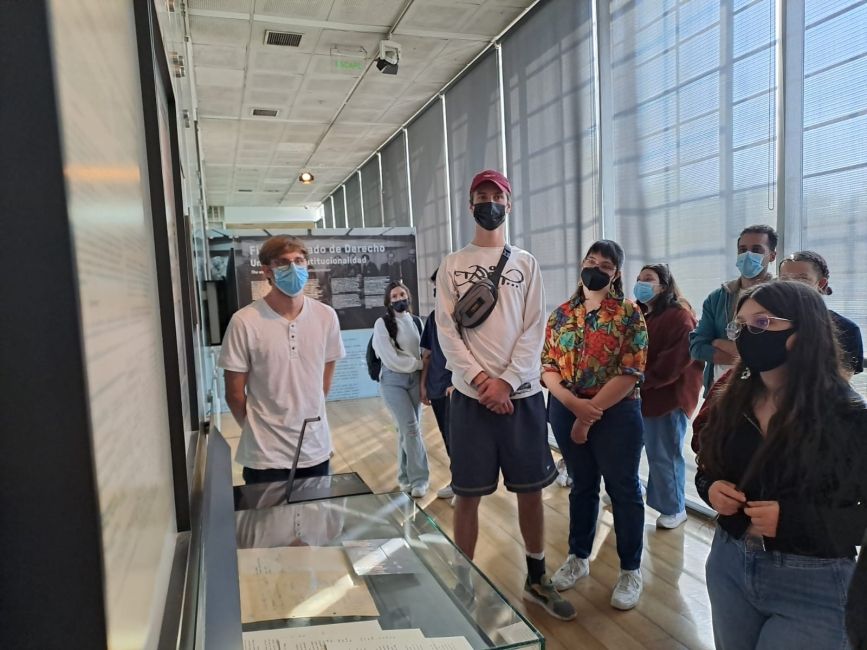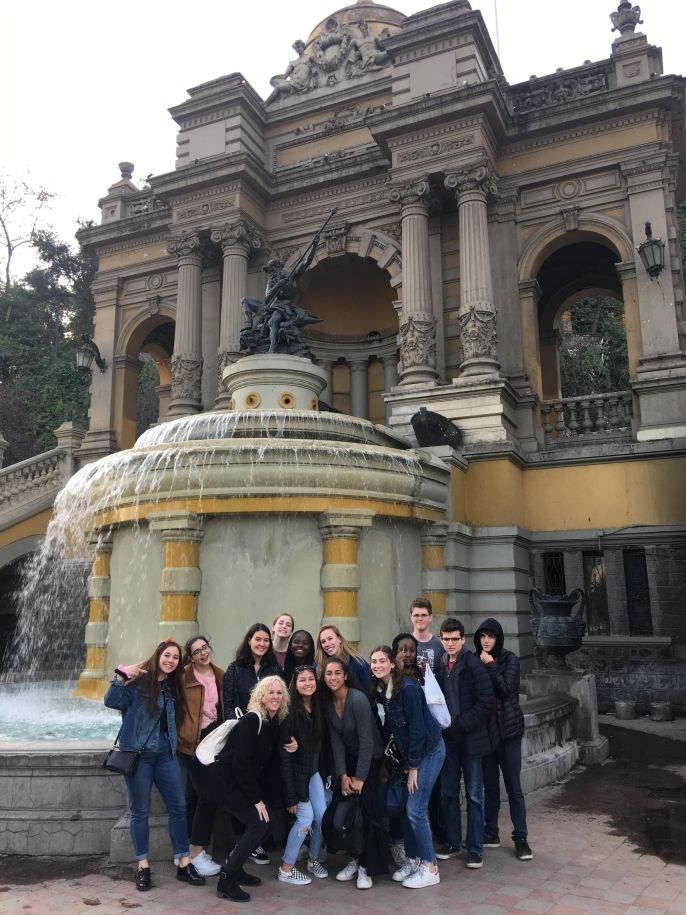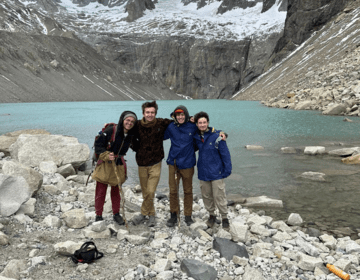What to expect when arriving in Santiago de Chile
Arriving in a new city is always a bit nerve recking, getting installed in a new place is hard, living with an unknown family, you do not know how public transportation works and many things are quite different than in your hometown. Today I would like to share a couple of short paragraphs with details about what you will encounter upon your arrival in Santiago de Chile and prepare you a bit for your time here =).
First, this is a huge, vibrant, and incredibly exciting city, with beautiful parks, busy night life, huge events and concerts, rich cultural and patrimonial heritage. Second, please consider that you are arriving to a city of 8 million people, it is crowded, hectic, there are traffic jams and yes, pollution as well. Like every city in the world, there are different sides to Santiago: you can find the historic downtown, with classic architecture buildings, landmarks, the train station, the central market, the financial district, and trendy restaurants areas. Scattered all around the city you will find residential neighborhoods with more or less amenities depending on the area.
Commuting is Santiago's signature, not only due to its size, but also because college schools are grouped in different university campuses, and the latter are usually scattered around the city. Depending on your academic load, you will have to move from your homestay to one or more campuses on a daily basis. Santiaguinos are used to make a good use of the commuting time to study, read, listen to music, many also choose to bike around the city as there are around 230 miles of bike lanes in the Metropolitan region, and it is free of charge!
Santiago is home to the tallest building in Latin-American, the Costanera Center, that has an incredible 360° viewpoint in the top floor along with a small bar/restaurant where you can have dinner or drinks while enjoying the sunset... and perhaps do a lite shopping in the mall that is located on the first three floors of the building.
Chile is considered to be a society mindful of human right issues. Efforts to safeguard the memory of Chile have been made since 1990, the coup d'état and its victims will never be forgotten. In Santiago there are memorial sites and Memory Museum where you can learn about human rights violations in Chile during Pinochet’s dictatorship and access to authentic audiovisual material.
What we love most about Santiago is that there is always something to do, visit museums, watch a theater play, go to the cinema, visit a park, attend a concert or one of the major music and art events that take place in Santiago on a regular basis. Furthermore, Santiago is a great starting point to explore other regions of the country: the driest desert in the world in the north of Chile, the rainy forest in the Region de los Ríos, Patagonia in the further south, countless coastal villages by the Pacific Ocean, and the Andes' mountains less than an hour away from the city center.
CIEE is waiting for you, enjoy your semester and immerse yourself in the academic life, language, landscapes, and opportunities that Santiago has to offer.
Related Posts
Princess Peluda
One of the first things I noticed about my house in Chile was that it was much like the country itself: long, narrow, and full of opportunities to make mistakes... keep reading
Mountains of Santiago
When you first arrive in Santiago, the first thing that strikes you is the mountains. Right in front of you, behind you, to the side—they rise up every which way... keep reading
Celebrating "El 18", Chile´s Independence day
September is a very important month in Chile, not only do we welcome spring during this month in the southern hemisphere, but we also celebrate the independence of Chile on... keep reading
